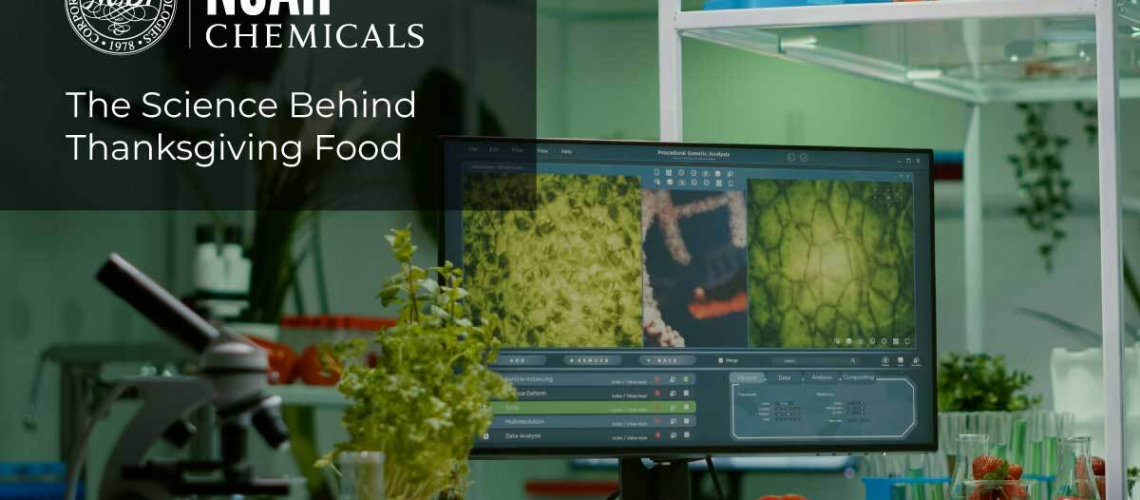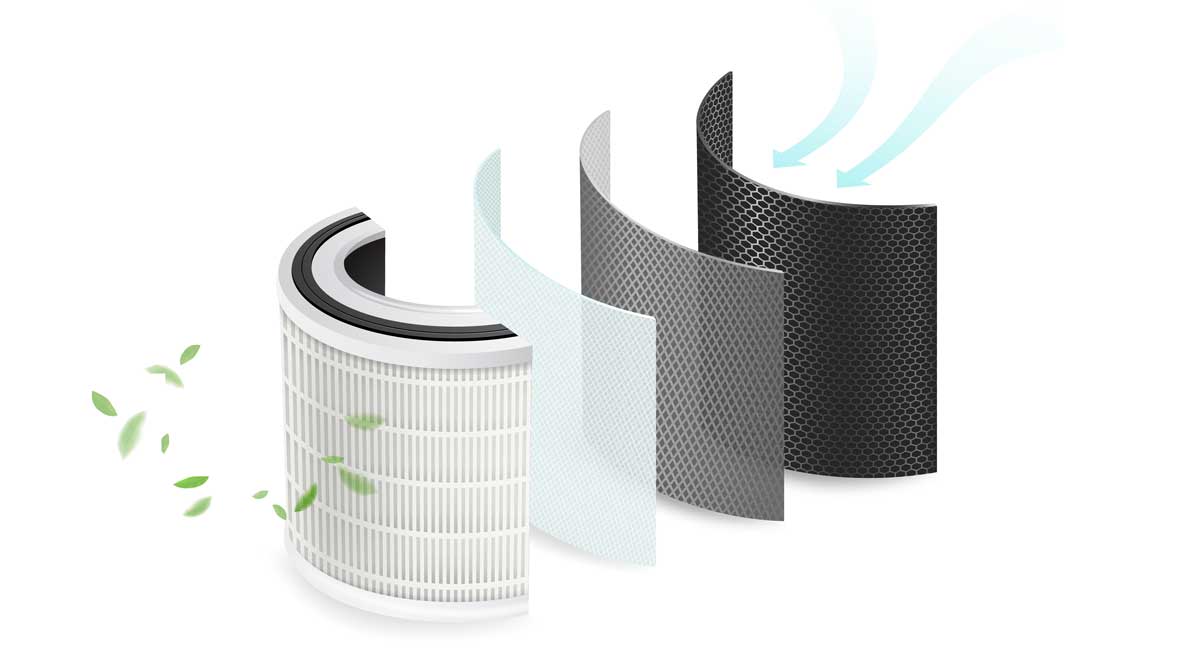Thanksgiving began with the Pilgrims and Native Americans giving thanks for their safety, friendship, shelter, and food. Americans continue this celebration of gratitude by cooking and eating a traditional array of great food: sweet and savory honey ham, succulent turkey, spicy deviled eggs, sumptuous pies, and salty and savory dressing. Cooking is chemistry and the chemical reactions occurring while preparing Thanksgiving foods are what give them the textures, colors, and traditional flavors we have come to love.
Honey ham for instance, is full of the amino acids (building blocks of protein) l-tyrosine and tryptophan. L-tyrosine is a vital component to dopamine synthesis. Dopamine is a neurotransmitter (chemical messenger) that produces happiness, focus, and other life-enhancing results.
Tryptophan necessitates production of two other neurotransmitters, melatonin and serotonin, which induce positive mood, restful sleep, and good digestion. Unlike tyrosine, tryptophan is not naturally produced in the human body, so it is necessary to eat foods containing it, like honey ham.
Of course, honey ham or any meats and poultry uncooked do not look appetizing and are unsafe to consume. So how do chemicals play a part in making the food edible? In a chemical reaction called the Maillard reaction, the proteins and sugars in a ham begin to break down (denature) as the ham cooks. This chemical reaction gives the ham its savory taste and appealing golden-brown color.
While the Maillard reaction occurs in the ham, another chemical browning reaction takes place at the same time in the ham’s sugar glaze: caramelization. Caramelization happens when sugar is heated. Heat causes the sugar molecules to combine to form larger molecules as well as break apart to form smaller ones. The result is the golden-brown appearance and the sweet, savory, slightly tangy taste of the ham’s sugar glaze.
Chemical reactions play a major role in all baked Thanksgiving food recipes. Eggs are used in just about every baked food recipe for their binding factors (proteins). This polymerization (chemical binding of ingredients) creates the desired texture and firmness in certain cooked foods like pie or dressing. As a chemical counterbalance, the sodium bicarbonate in baking powder produces carbon dioxide which “fluffs up” the food item and keeps it from overhardening.
This Thanksgiving, we at Noah Chemicals are grateful for the pleasure of serving our customers, our partners, and our awesome team. We truly appreciate your business and support and are grateful for the trust you have placed with us. We wish you and your families a happy and healthy Thanksgiving.
Please contact our Noah Chemicals team here or call (888) 291-1186 for any of your chemical or chemical service needs.




